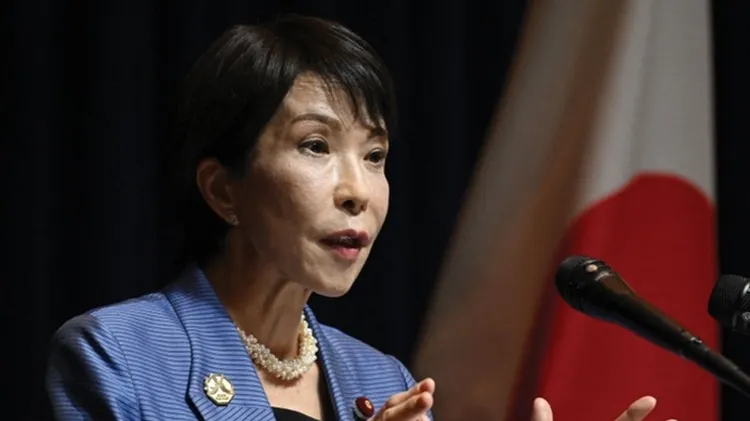In some ways the country has been dealt a bad hand, but it has pl
What we can learn from japan
2 min read
This article is from...
Read this article and 8000+ more magazines and newspapers on Readly






